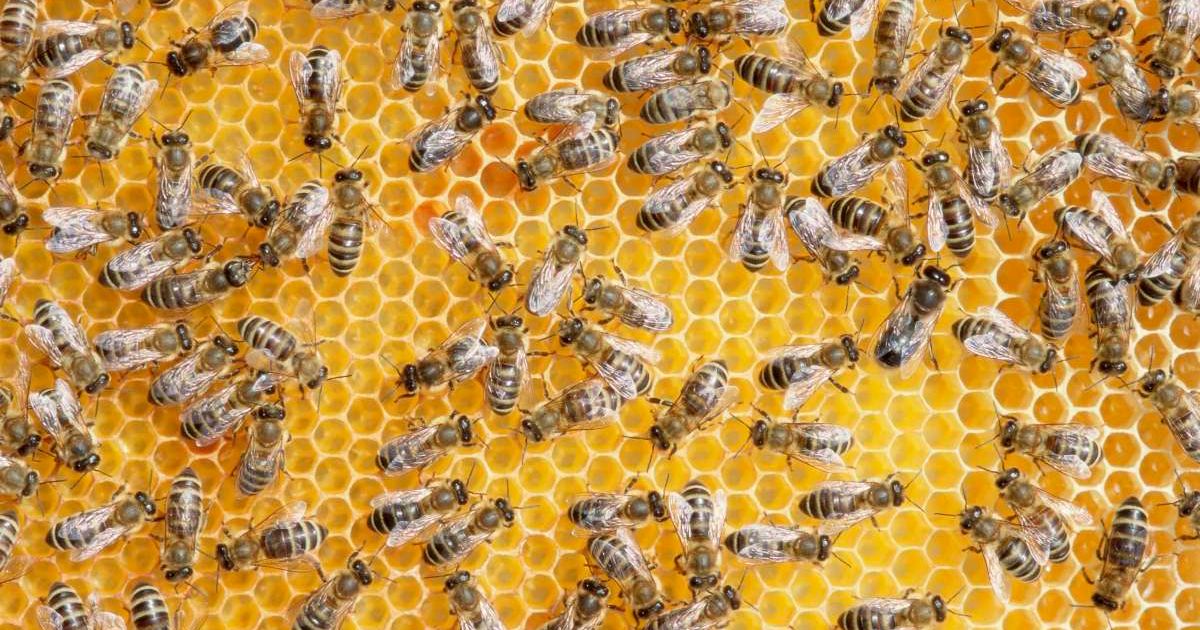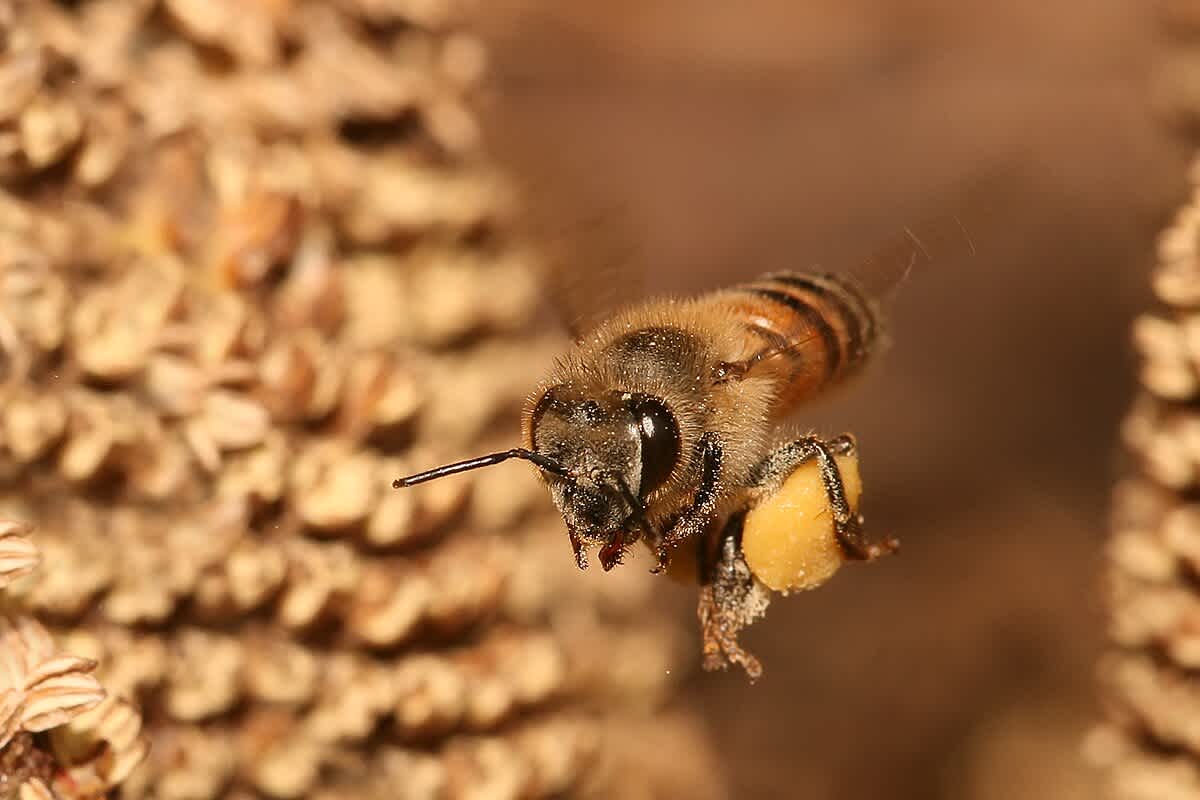Honeybee Colonies Are Dying Off In America While Thriving in China: 'We're in a Death Spiral'

Honeybees are dying like never before in the United States. Around 62% of American hives have vanished in the last six months, according to the South China Morning Post. This loss is not only impacting several businesses but also hurting the ecosystem and several beings. Researchers have already identified the possible cause behind this mass death, but solutions are not easy to apply at the moment. Another noteworthy observation made by experts is that even though the US is experiencing these losses, China's bee population has reached an unprecedented height. The secret to the latter's success could be their honeybee management.

Honeybee Die-Off in the US
Experts claim that the US is currently facing the largest honeybee die-off on record, according to The Guardian. Estimates suggest that beekeepers, on average, are losing 60% of their colonies, leading to a loss of around $600 million. Bret Adee, one of the largest beekeepers in the US, claimed that he lost 75% of his bees last season. "It's almost depressingly sad," he said. "If we have a similar situation this year – I sure hope we don't – then we're in a death spiral." Scientists at the US Department of Agriculture (USDA) were able to pinpoint the cause behind these deaths and pointed fingers at parasitic mites called Varroa. These mites have become dangerous, as they have become more resistant to the chemical used by beekeepers to keep them in check.

Problem of Varroa
Varroa mites manage to crawl and jump between worker bees. If no disease is present, they are harmless; however, if there are prior infections, then these mites can quickly spread them. Beekeepers in the US typically use amitraz to get rid of mites, but recent testing revealed that these mites have become resistant to it. They are not a new issue for beekeepers, with Varroa growing resistant to at least four miticides. "Sadly, it was inevitable that major honeybee colony losses would again occur in the US at some point," Norman Carreck, a senior technician at the University of Sussex, who was not involved in the research, shared. Other factors, such as climate change and less food, are also hurting the chances of honeybees.
Thriving in China
While the US suffered massive honeybee losses, China recorded around 15 million colonies last year. Chinese Academy of Agricultural Sciences' Institute of Apicultural Research (IAR) Professor Xu Shufa claims that China's success lies in its management practices. Unlike the US, China's beekeeping is dependent on small-scale farming, where each apiary contains under 100 colonies. Beekeepers handle these apiaries with hands-on care, monitoring every step. It is completely opposite to what happens in the US. "The US model relies on large-scale, clustered operations where single apiaries may contain thousands of colonies. Beekeepers typically transport hives to nectar-rich areas for extended periods, intervening minimally until honey harvest," Shufa explained.
Along with intensive care, China's beekeepers also apply multiple miticides. Along with Amitraz, China's beekeepers use organic pesticides like formic and oxalic acids, as well as pyrethroids. They change tactics at the hint of even a small damage to the honeybee population. IAR scientist Liu Hansuo believes the US should also apply a proactive prevention strategy to control the present predicament. "Eradicating mites is unrealistic. The goal must shift to controlling infestation to maintain colony health," he said.